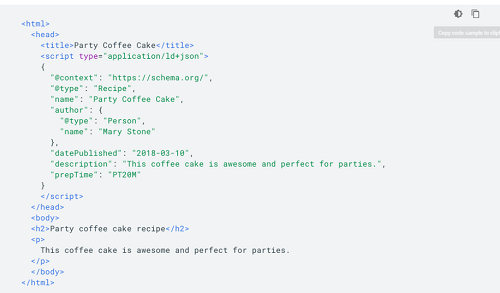How to Protect Your Website Content from Plagiarism
Plagiarism is a problem that many online websites face on the internet. It is easy for people to easily steal your content and use it as if it’s theirs. Google is aware of this problem, and they are working on better detecting who the original authors of the content are.
 However, this does not mean that people who have stolen your content are not ranking for your content. It is possible to find that they are ranking for it.
However, this does not mean that people who have stolen your content are not ranking for your content. It is possible to find that they are ranking for it.
What constitutes as plagiarism? If your content has been used without your knowledge or is not credited to you is what is considered plagiarism. However, you are still allowed to contact the website to take down the content for copyright infringement. In this guide, we are going to look at how to find out if your content has been plagiarized and how to protect it.
SEO and Original Content
One of the basic rules of SEO is to have content that is original and is working with on-Page SEO to get it to rank on SERPs. If done correctly, then your page with generate backlinks and customers. Google also goes for content that is original when it wants to rank a page.
It was when Google introduced Google Panda that they wanted to deal with the spam results to rather have results that are user friendly and answer player queries. So, having original content that answers questions will likely get ranking on SERPs.
How to Spot When Your Content has Been Plagiarized
There are various ways that you can use to find out if your content has been plagiarized. One of the easiest and cheap way to find plagiarism is by using Google alerts. Google alerts tracks your content and notifies you whenever your content has been stolen. You can visit the website http://www.google.com/alerts to set up the alerts.
How to set up Google alerts:
Create an alert
- Visit Google Alerts.
- Enter your topic in the search box.
- Click on Show options to add the information below:
- How often you want to get notifications
- Types of sources such as blogs, news, web, or even videos.
- The region that you want the alerts to come from.
- How many results do you want?
- Which email will the alerts be sent to?
- You’ll get email notifications whenever there are matching search results.
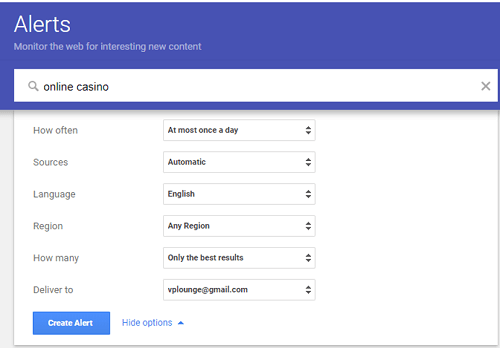
Edit an alert
- Visit Google Alerts.
- Go to the alert you want to edit and click the edit button.
- You will click on show options.
- Make the necessary changes.
- Click “update alert.”
- Go to settings to change how you receive the alerts and click save.
What to Do If Your Content Is Plagiarized
First, there needs to be proof that your content has been stolen. You can do this by taking screenshots, compiling documents, and files that prove that it is your work. Secondly, when you have collected the proof, you can use it to report the website for plagiarism.
However, is you don’t want to report them, you can contact the website owner and ask them to remove the content. If they refuse to remove the content, then you can take measures to report them. You can notify them on Google by using the DMCA. See more about how to file a complaint using the DMCA below.
You can also use tools or plugins to protect your content from plagiarism. Use any of these plugins below:
- Yoast SEO – offers an RSS menu that you can include below and above your posts. When your content is republished, a link will be provided for readers to go to your post.
- Tynt Insight – this plugin will notify you whenever your content is copied.
- WP Content Copy Protection – this plugin prevents people from right-clicking and saving your content.
- Copyright Proof – a WordPress plugin that time stamps and digitally signs your content. It also disables content selection.
How to File a DMCA
When you file a Digital Millennium Copyright Act (DMCA) complaint, you will be attempting to get the content that is plagiarized to be de-indexed. You file a claim with Google on someone who has taken your content without your permission. Here is a step by step on how to submit a Google DMCA complaint:
1. Visit the site https://www.google.com/webmasters/tools/dmca-notice?pli=1
Once there, you will first have to fill out the contact information, which includes your name, email address, company name, and country. Use an email address where you will be able to receive Google notifications so you can efficiently respond if necessary.
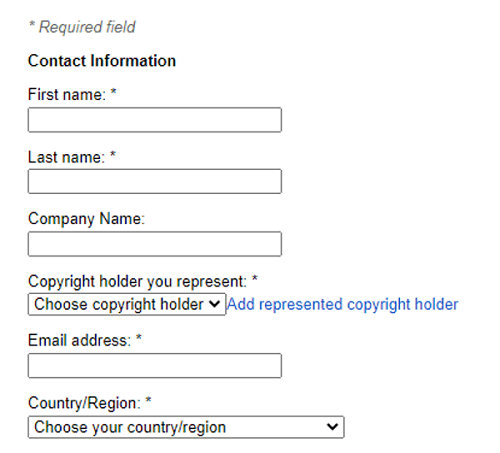
2. Fill out the copyright details
You will fill out this information on the Identify and Describe the Copyrighted Work. Details about the original work are what is required in this section. In the first section, you have to supply work formats that were stolen. You can also share a link to the content that was stolen. In the second part, you put the URL where the content was taken from on your website.
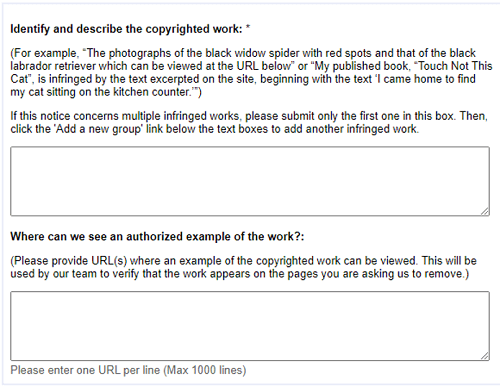
3. Add all the URLs that have stolen your content
If it is one domain that you are reporting, you can add all the links to this section.
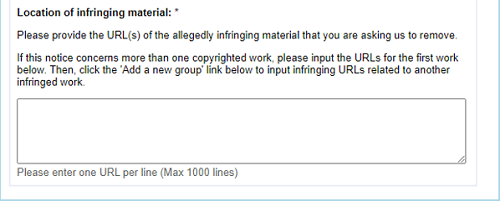
4. Sign off your report
In this section, you will sign your complaint, and then wait to receive a confirmation from Google with a list of the URLs that have been submitted and their statuses. Check on updates often.
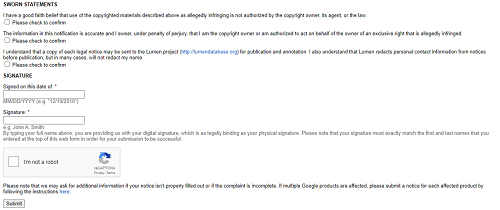
Protect Content from Plagiarism
You can use rich snippets or structured data to prevent people from stealing your content. Mark your content with the structured data that will make it clear to Google who the original author of the content is.
